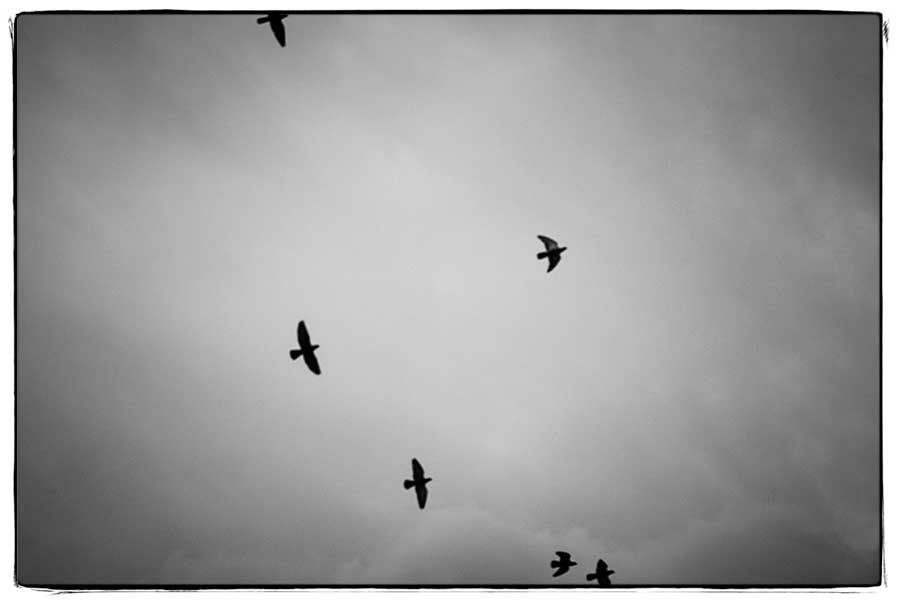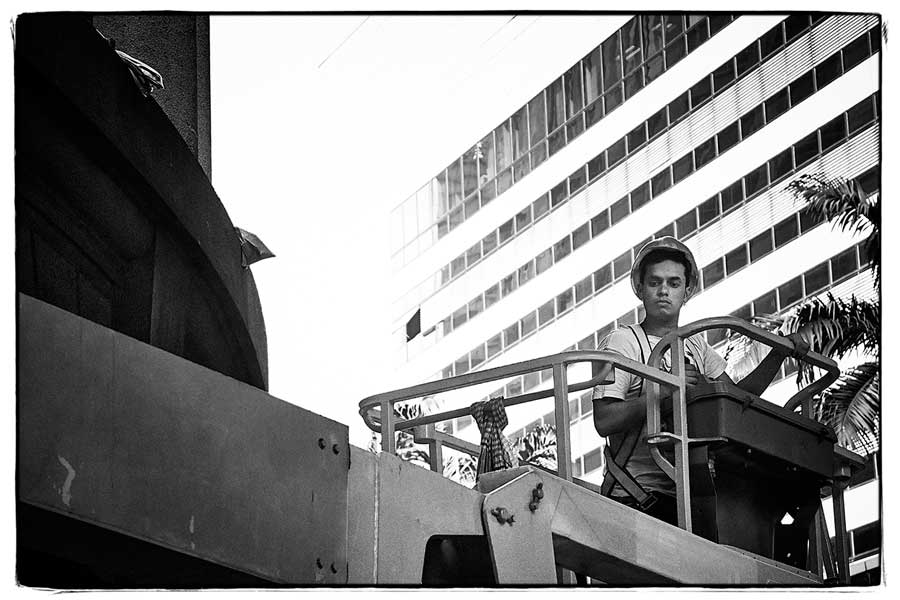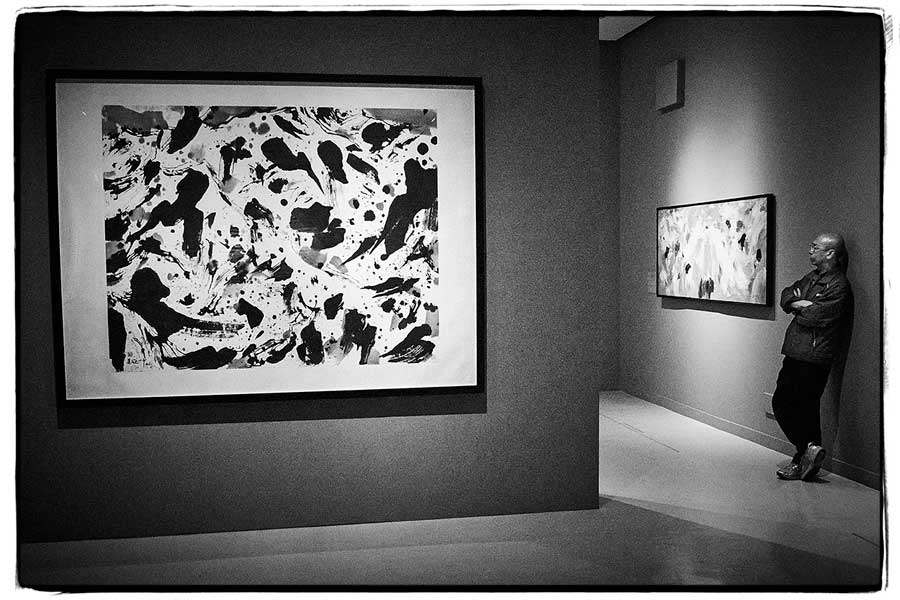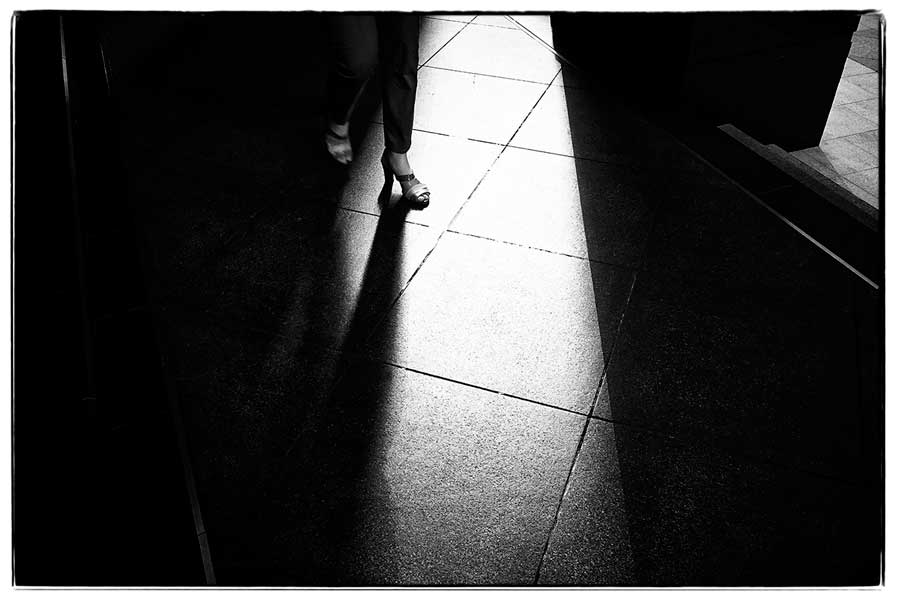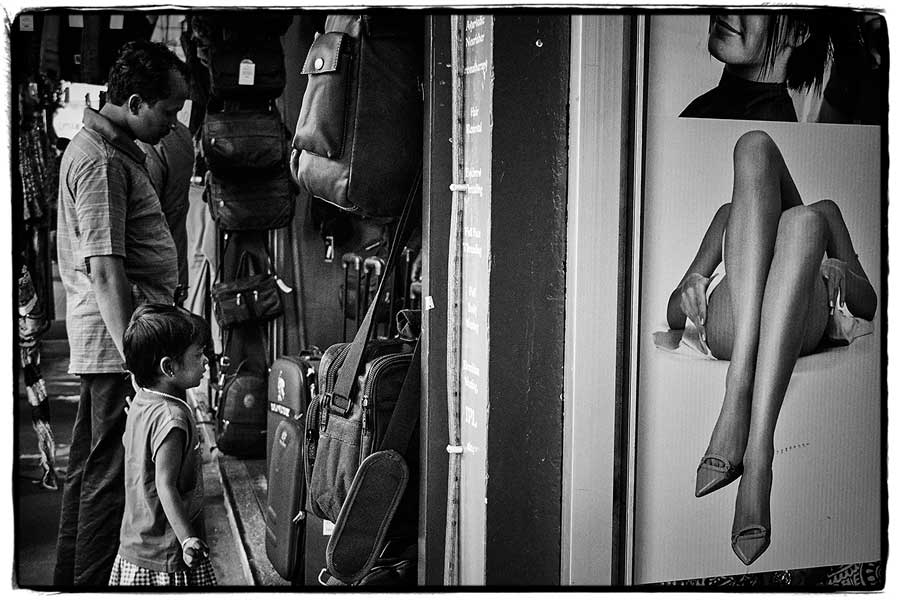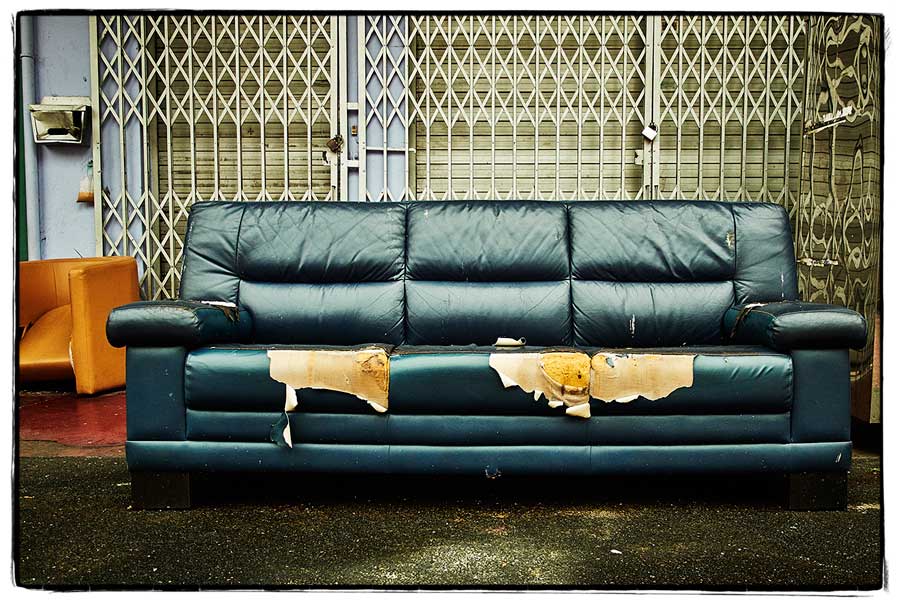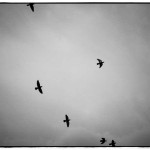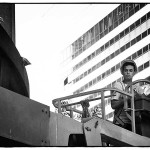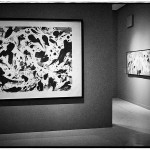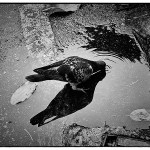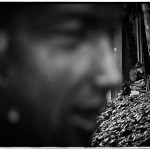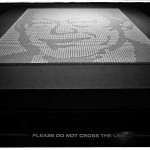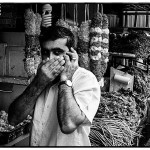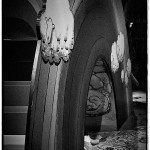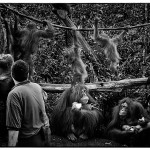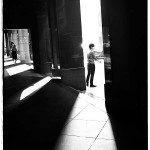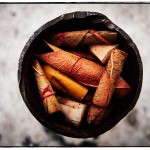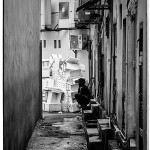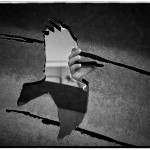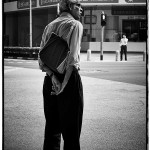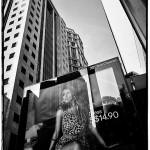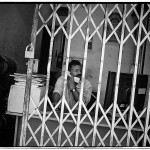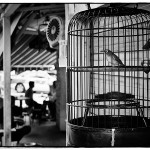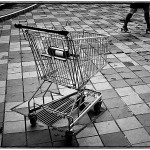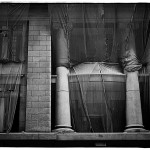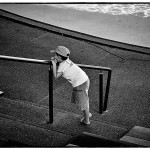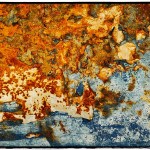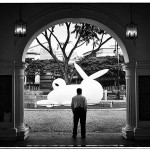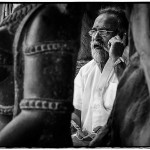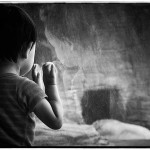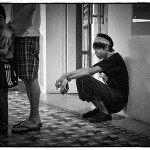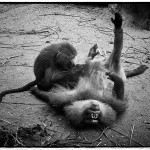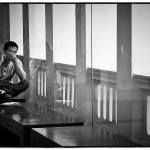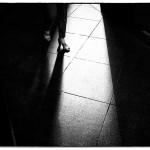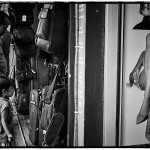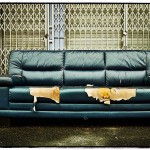I recently had the opportunity to shoot with a Fuji X20 for a month. I own the previous model, the Fuji X10 (featured in the following blog posts :- Post 1, Post 2, Post 3, Post 4 and Post 5). Besides using the X10 for family snaps and travel, it has been my main street photography camera for the past 1 1/2 years.
The following are a selection of photographs I made with the Fuji X20.
There are certainly some nice improvements on the X20 over the X10. The following features on the X20 were the main points of interest for me.
- The new sensor produces better quality images especially at higher ISOs and looks to be a stop better than the sensor on the X10. Knowing that most of my photos would be printed in B&W, I did not hesitate to shoot at ISO 3200 when required. Like all small sensor cameras, I felt the colour photographs do not look that good once you move into higher ISOs (e.g. above ISO 800).
- In normal lighting, the autofocus on the X20 is very fast and definitely faster than the already excellent autofocus performance on the X10. In lower lighting, the autofocus does slow down (how fast the camera takes to lock focus depends largely on whether there is a good area of contrast to focus on).
- The Auto ISO is now customizable with a preferred minimum and maximum ISO as well as a minimum shutter speed which is very useful when shooting in variable lighting conditions.
- The X20 adds some useful information into the optical viewfinder (aperture, shutter speed, camera mode, focus area confirmation, etc) which makes it more usable. That said, looking through the OVF still feels like squinting through a small hole and with only about 85% coverage; I often preferred using the LCD screen over the OVF.
.jpg)
In my personal workflow, I shoot in RAW and post process the photographs to get the look and feel that I like. With the conversion to B&W together with some dodging and burning in post production, the photographs rarely look like what originally comes out of the camera. The RAW files from the X20 are good enough to work on to produce nice A4 or even A3+ (extrapolated) prints. I printed out 12 A4 sized prints from a selection of X20 photographs with ISOs ranging from ISO 100 to ISO 3200. The results looked great. At ISO 3200, the noise in the prints are much like what I was used to seeing when I pushed TriX film to ISO 1600.
The improvements in the X20 are nice but not significant enough for me to consider upgrading my X10. There are rumours that Fuji is currently working on a X30 with a larger sensor; so that would probably be the next big jump in quality and innovation that might push existing X10 owners to upgrade. The excellent 28-112mm f2/2.8 zoom lens on the X10/20 more or less covers any photographic situation I might normally face while shooting on the streets; so I hope Fuji continues to stick with a fast zoom lens in future releases.
If you are looking for a small compact camera, enjoy street photography and black & white, the X20 is a pretty good choice. Even the older X10 is worth considering now that second hand prices are quite low. Compact, fast autofocus, fast lens capable of nice bokeh (if needed) and virtually silent . . . like the X10, there is much to like about the X20.
